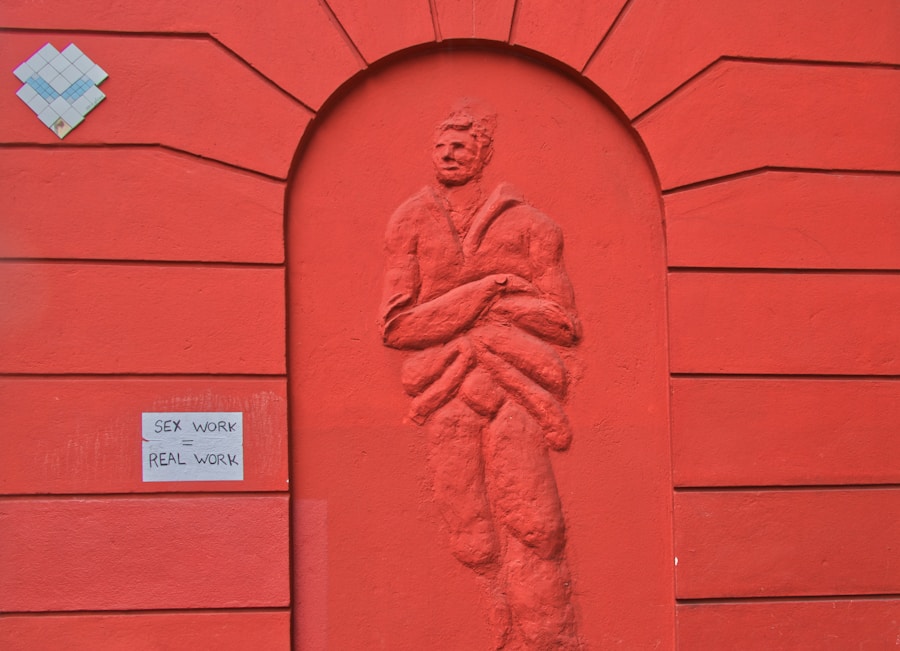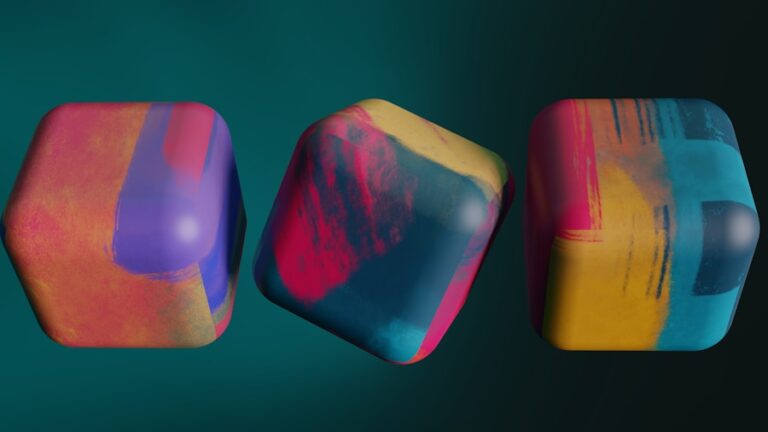Exploring the World of Digital Art: A Guide to Different Types and Styles
Digital art is a form of artistic expression that utilizes digital technology as a medium for creating visual art. It encompasses a wide range of artistic styles and techniques, from digital painting and illustration to 3D modeling and animation. With the advancement of technology, digital art has become increasingly popular and accessible, allowing artists to explore new creative possibilities and reach a wider audience through online platforms and social media. The digital art movement has revolutionized the way we perceive and create art, blurring the lines between traditional and digital mediums.
Digital art has opened up a world of possibilities for artists, allowing them to experiment with new techniques and styles that were previously impossible with traditional methods. It has also provided a platform for collaboration and community building, as artists can easily share their work and connect with other creatives from around the world. As digital art continues to evolve, it has become an integral part of contemporary culture, influencing everything from advertising and entertainment to fashion and design. With its limitless potential for creativity and innovation, digital art has become a powerful force in the art world, shaping the way we experience and interact with visual imagery.
Understanding Different Types of Digital Art
Digital art encompasses a wide range of artistic disciplines, each with its own unique set of tools and techniques. One of the most popular forms of digital art is digital painting, which involves using software such as Adobe Photoshop or Corel Painter to create paintings and illustrations on a computer or tablet. Digital painting allows artists to experiment with different brushes, textures, and color palettes, giving them the freedom to create intricate and detailed works of art that would be difficult to achieve with traditional painting methods.
Another popular form of digital art is 3D modeling and animation, which involves creating three-dimensional objects and characters using specialized software such as Autodesk Maya or Blender. 3D artists can manipulate virtual objects in a digital space, adding textures, lighting, and movement to bring their creations to life. This form of digital art is commonly used in the entertainment industry for creating visual effects in movies, video games, and virtual reality experiences. Additionally, digital photography and photo manipulation are also considered forms of digital art, as photographers can use editing software to enhance and alter their images in creative ways.
Exploring Various Styles in Digital Art
Digital art encompasses a wide range of styles and aesthetics, allowing artists to explore different visual languages and express their creativity in unique ways. One popular style in digital art is surrealism, which often involves combining unexpected elements and dreamlike imagery to create thought-provoking and visually striking compositions. Surrealist artists use digital tools to manipulate reality and create fantastical worlds that challenge our perceptions of the world around us.
Another popular style in digital art is minimalism, which focuses on simplicity and abstraction to convey powerful messages through clean lines and limited color palettes. Minimalist artists use digital tools to create sleek and elegant compositions that evoke a sense of calm and balance. On the other end of the spectrum, there is also a trend towards hyperrealism in digital art, where artists use advanced rendering techniques to create incredibly detailed and lifelike images that are almost indistinguishable from photographs.
Techniques and Tools Used in Digital Art
Digital art relies on a variety of techniques and tools to bring artistic visions to life. One of the most essential tools for digital artists is a graphics tablet, which allows them to draw and paint directly onto a computer screen with precision and control. Graphics tablets come in various sizes and configurations, with pressure-sensitive styluses that mimic the feel of traditional drawing tools such as pencils or brushes. Additionally, digital artists often use specialized software such as Adobe Creative Suite or Procreate to create and manipulate their artwork, offering a wide range of brushes, filters, and editing tools to enhance their creative process.
In terms of techniques, digital artists often utilize layering to build up their compositions, allowing them to work on different elements separately and make adjustments without affecting the entire image. This flexibility enables artists to experiment with different effects and styles, as well as easily correct mistakes or make revisions. Digital artists also frequently use photo manipulation techniques to combine and alter images in creative ways, blending reality with imagination to create visually stunning and thought-provoking artworks.
The Influence of Digital Art in Contemporary Culture
Digital art has had a profound impact on contemporary culture, influencing everything from advertising and entertainment to fashion and design. With the rise of social media platforms such as Instagram and Pinterest, digital art has become more accessible than ever, allowing artists to share their work with a global audience and connect with other creatives from around the world. This has led to a democratization of art, as emerging artists can gain recognition and build a following without the need for traditional gallery representation.
In addition to its impact on the art world, digital art has also revolutionized the way we consume visual media, with digital imagery playing a central role in advertising, branding, and entertainment. From eye-catching graphics in marketing campaigns to immersive virtual reality experiences, digital art has become an essential tool for communicating ideas and engaging audiences in new and exciting ways. Furthermore, digital art has also influenced fashion and design, with designers using digital tools to create innovative patterns, textures, and visual effects that push the boundaries of traditional craftsmanship.
Tips for Creating Your Own Digital Art
For those interested in creating their own digital art, there are several tips and techniques that can help beginners get started on their creative journey. First and foremost, it’s important to familiarize yourself with the tools and software available for digital art, as each program offers unique features and capabilities that can enhance your artistic process. Experimenting with different brushes, filters, and effects can help you discover your own style and develop your technical skills.
Another important aspect of creating digital art is understanding composition and color theory, as these principles play a crucial role in creating visually appealing and impactful artworks. Learning how to balance elements within your composition and use color harmonies effectively can elevate your work from amateur to professional level. Additionally, studying the work of other digital artists can provide inspiration and insight into different styles and techniques that you can incorporate into your own practice.
The Future of Digital Art: Trends and Innovations
As technology continues to advance at a rapid pace, the future of digital art holds endless possibilities for innovation and creativity. One emerging trend in digital art is the integration of artificial intelligence (AI) into the creative process, allowing artists to collaborate with intelligent algorithms to generate new ideas and explore unconventional artistic expressions. AI-powered tools can analyze vast amounts of data to suggest new color palettes, compositions, or even generate entire artworks based on input from the artist.
Another exciting development in the world of digital art is the rise of virtual reality (VR) as a medium for artistic expression. VR technology allows artists to create immersive 3D environments that viewers can explore and interact with in real time, blurring the lines between traditional art forms and interactive experiences. This opens up new possibilities for storytelling, gaming, and interactive installations that push the boundaries of what is possible in the realm of visual arts.
In conclusion, digital art has become an integral part of contemporary culture, influencing everything from advertising and entertainment to fashion and design. With its limitless potential for creativity and innovation, digital art has revolutionized the way we perceive and create visual imagery. As technology continues to advance, the future of digital art holds endless possibilities for innovation and creativity, from AI-powered tools to virtual reality experiences that push the boundaries of traditional artistic expression. Whether you’re an aspiring artist or an enthusiast of visual arts, embracing digital art opens up a world of possibilities for creative exploration and self-expression.



